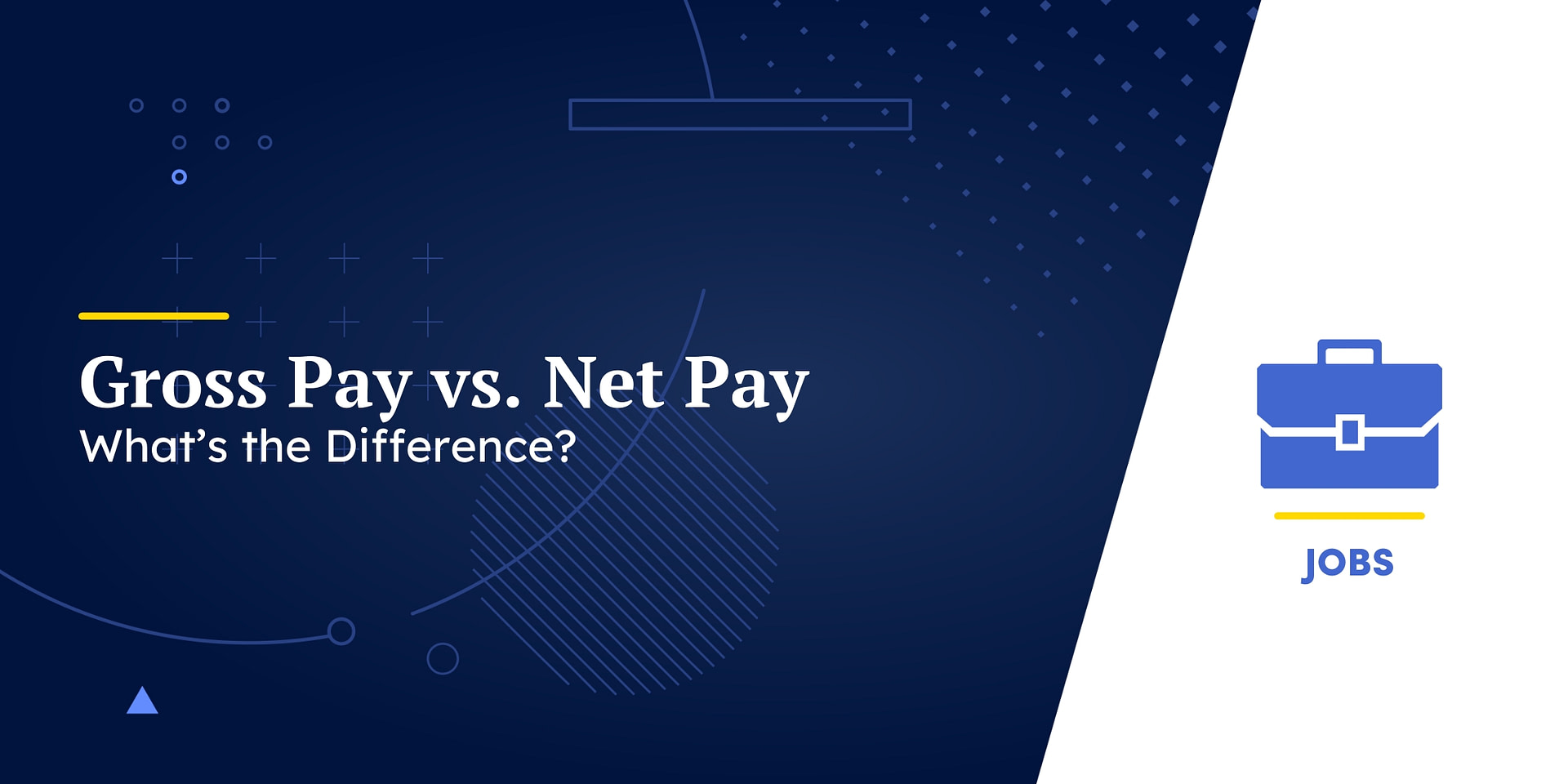 What Is Net Pay?
What Is Net Pay?
Net pay refers to the amount of money an employee takes home after all the deductions and taxes have been taken out of their gross pay.
Deductions include federal and state income taxes, Social Security taxes, Medicare taxes, and other deductions. In addition to federal and state taxes, some employees may have additional deductions taken out of their pay, like 401(k) contributions and health insurance premiums.
Net pay is the amount of money left after all these deductions have been taken out. These deductions can significantly reduce an employee’s net pay, so it’s vital to understand how they are calculated and how they will impact an employee’s take-home pay.
Employers are required by law to provide employees with information about their gross pay, deductions, and net pay. This information is usually included on the employee’s pay stub, a document given to the employee each time they’re paid.
Employees should review their pay stubs carefully to ensure the calculations are accurate and that the correct amount of money is being taken out for the deductions.
Mandatory Deductions
Some payroll deductions are mandatory, meaning that everyone has to pay them.
1. Income Taxes
The largest mandatory income deduction is usually the federal income tax. There are several tax rates, depending on your income, so tax ranges from 10% to 37%.
Your employer will set your withholding rate, but you can ask them to change it. If the amount withheld in a tax year is greater than your tax due, you will receive a refund. If the amount withheld is less than the amount due, you will owe an additional sum.
Some states may impose additional income taxes, which will also be deducted.
2. FICA Tax
This tax covers Social Security and Medicare, important benefits when you retire.
The total FICA payroll tax rate is 15.3% of your gross pay. The employer pays half of this tax, and the employee pays the other half (7.65% each). 6.2% goes toward Social Security and 1.45% toward Medicare.
There’s a cap on the gross pay subject to Social Security tax. It’s called the Social Security wage base and is $160,200 for 2023. Any earnings above $160,200 aren’t subject to Social Security tax.
An additional Medicare tax is paid by employees who earn more than $200,000 in gross income. It is 0.9% of all gross incomes over $200,000.
3. Wage Garnishments
Wage garnishment is a legal process that orders an employer to withhold a part of someone’s earnings, paying them directly to a creditor to satisfy a debt. That can happen due to a court order, a government agency request, or other legal action.
Wage garnishments may include student loans, taxes, and unpaid alimony child support. Payment for a civil debt may be garnished if the creditor sues you and wins.
Voluntary Deductions
Not all gross income deductions are obligatory. Many are voluntary. Individuals can choose how much money, if any, they want to set apart for some voluntary deductions.
1. Health Insurance
Employers with more than 50 employees are required to offer employer-sponsored health insurance plans. The cost of these plans is usually split between the employer and the employee.
Participation in these plans is not mandatory, but they are usually less expensive than an equivalent plan sourced independently would be.
2. 401(k) Plans
A 401(k) plan is an employer-sponsored retirement savings plan designed to help employees save for their retirement years. It is named after the section of the Internal Revenue Code that governs it.
Under a 401(k) plan, employees can have a portion of their paychecks withheld and placed into a tax-deferred retirement account. The employer may also choose to match a part of the employee’s contributions, which can significantly increase the amount of savings.
The funds in the 401(k) plan grow tax-free until the employee retires and starts taking withdrawals, at which point the withdrawals are taxed as income.
3. Additional Insurance
Some employers may also offer life insurance or other insurance benefits. These are always optional. If you see an insurance-related deduction on your pay stub, ask what it is and what benefits you will receive, so you know whether the benefits are worth it to you.
4. HSA, FSA, AND HRA
Some employers offer accounts like an HSA (Health Savings Account), FSA (Flexible Savings Account), and HRA (Health Reimbursement Arrangement). These are all types of savings or spending accounts that are used to pay for health-related expenses. These accounts can be helpful for individuals who want to set aside funds specifically for health-related costs and take advantage of tax benefits.
5. Union Dues
Union dues are fees paid by union members to their union as a membership requirement. The dues are used to support the operations of the union and its activities, such as collective bargaining, contract administration, and representation of members in disputes with employers.
Union membership may be mandatory in some workplaces.
6. Work-Related Tools or Uniforms
Some employers may deduct all or a portion of the cost of work-related tools or uniform purchases.
7. Charitable Donations
Employees can also automatically donate a portion of their pay to various charities. The donations are entirely voluntary, so individuals can choose how much money they want to give and to which charities.
How to Calculate Net Pay From Gross Pay
Net pay represents the amount of money that an individual receives after all deductions have been taken from their gross pay. To calculate net pay from gross pay, you must subtract all relevant deductions from the gross pay amount.

- Determine the gross pay: Look into the total amount earned before deductions.
- Identify the relevant deductions: Determine federal and state income taxes, Social Security and Medicare taxes (FICA), wage garnishments, union dues, and any other mandatory or voluntary deductions.
- Calculate the total deductions: Add up all of the relevant deductions.
- Subtract the total deductions from the gross pay: The result represents the individual’s net pay.


